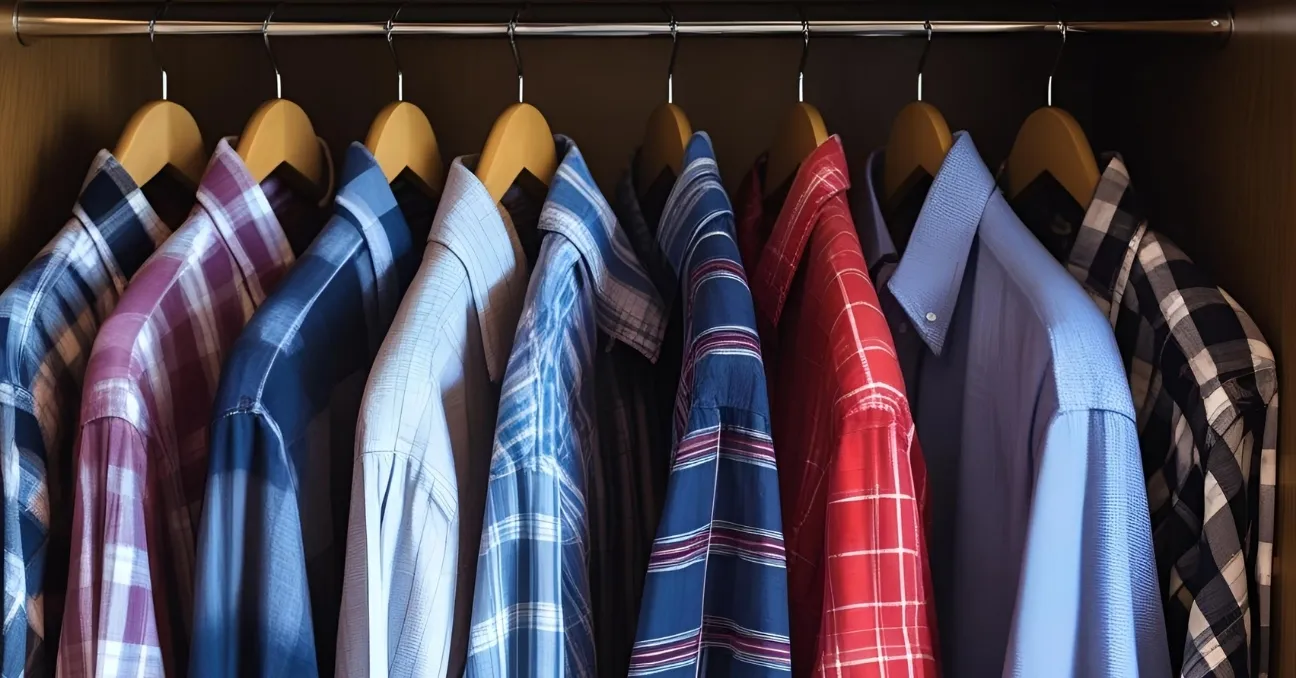The Journey of a Shirt: From Fabric to Your Wardrobe

We wear shirts almost every day, but have you ever wondered how a simple shirt is made? From raw fabric to the finished product hanging in your wardrobe, a shirt goes through a detailed and skillful production journey. Let’s take a closer look at each step.
1. It All Starts with the Fabric
The quality of a shirt begins with its fabric. Cotton, linen, viscose, and poplin are among the most commonly used materials in shirt production.
Cotton fabrics offer breathability and everyday comfort, while linen is perfect for summer with its lightweight and cooling nature.
2. Design and Pattern Making
Fashion designers sketch out the basic elements of the shirt – collar style, sleeve length, button placement, pocket details, and more.
Once the design is finalized, patterns are created. These patterns act as templates for cutting the fabric accurately.
3. Cutting and Sewing
Using the prepared patterns, the fabric is cut with great precision. Even small errors at this stage can affect the symmetry of the final shirt.
The cut pieces are then stitched together on industrial sewing machines. Collars, cuffs, pockets, and sleeves are assembled one by one.
4. Ironing and Quality Control
After sewing, every shirt is carefully ironed. Then it goes through a thorough quality control process.
This step ensures that there are no sewing defects, stains, or fabric issues. Shirts that pass inspection are labeled and prepared for packaging.
5. Packaging and Shipping
Shirts are either folded or hung, then packaged according to brand standards — often in custom boxes or protective plastic wraps.
Finally, they are shipped to retail stores or online warehouses, ready to meet customers.
Conclusion: Every Shirt Has a Story
Even the simplest white shirt involves the craftsmanship and effort of many skilled hands.
Understanding this journey helps us appreciate our clothes more — and become more conscious consumers.